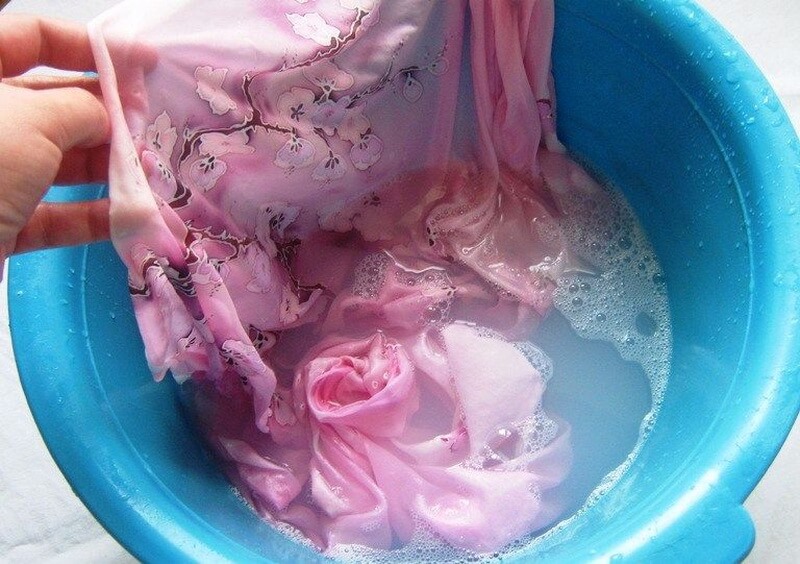Protecting a tablecloth from stains is easier than washing them off after a New Year's feast. But, such incidents are also possible. Depending on the origin of the stain and the material from which the textile is made, there are different ways to eliminate them.

The technique for removing stains from a polyester tablecloth is different from how to remove red wine from cotton. Synthetics are not so prone to pollution, but there are fewer ways to clean them.
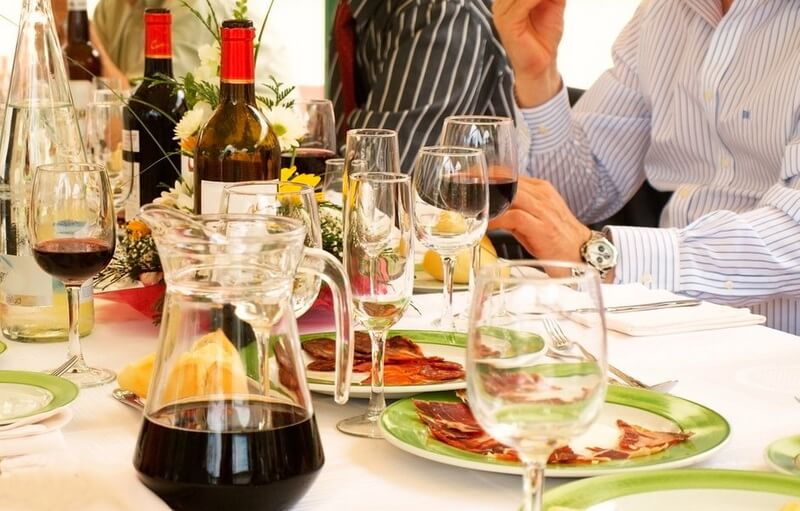
How to get stains out of a tablecloth
Tablecloth fabric, during table holidays, often suffers from carelessness of guests or unpleasant accidents. Often the reason is the cat jumping on the table. If it was not possible to prevent the incident and a noticeable stain has already formed on the tablecloth, then measures must be taken immediately to eliminate it or reduce its spread.
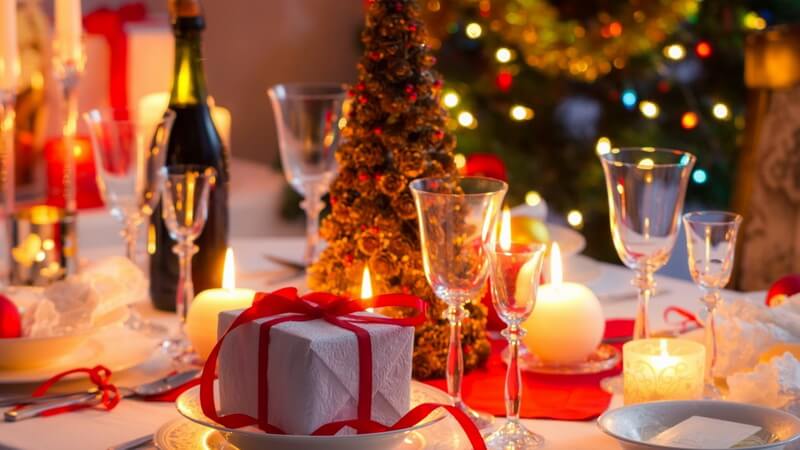
Most often, traces of the following types remain on matter:
- tea and coffee;
- stains from wine (usually red);
- juices and fruits;
- fatty and oily sauces.
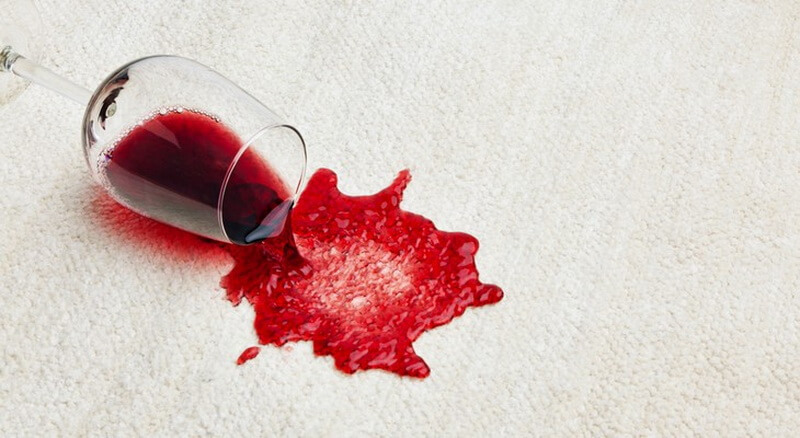
Food, cutlery can be dropped on the table during the holiday, or just turn the glass over. If the clothes of guests rarely suffer, then uncovered textiles always remain in traces.
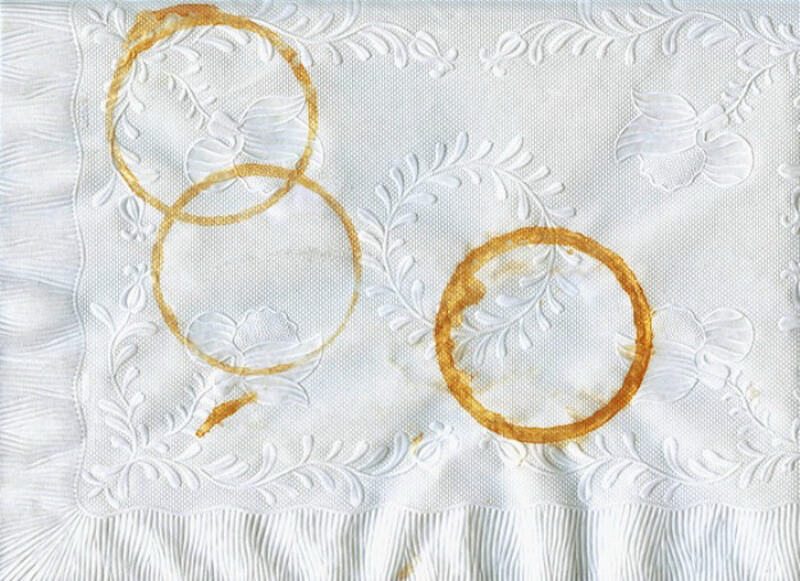
There are different ways to remove stains from a tablecloth at home - the choice is tied to the material and type of pollution.It is better to eliminate them immediately, due to the growth of stability over time.
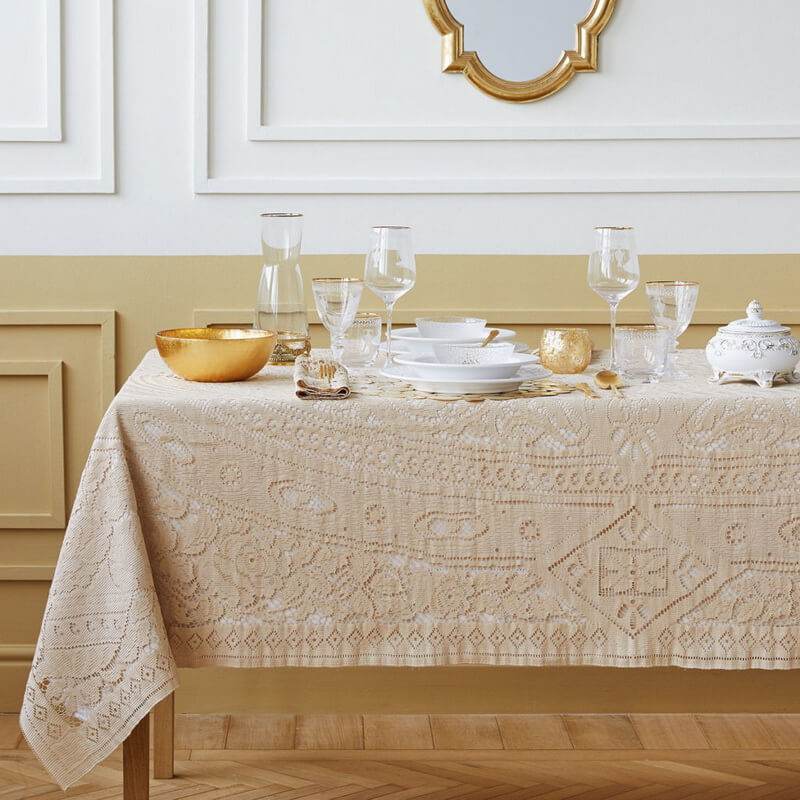
Grease spots
Grease marks on tablecloths and cloth napkins are common.They appear on textiles by negligence during a holiday or when using individual items for their intended purpose. To protect textiles, it is better to cover the table with a film and replace paper napkins, but this is not always acceptable, as it spoils all the impressions of the event.
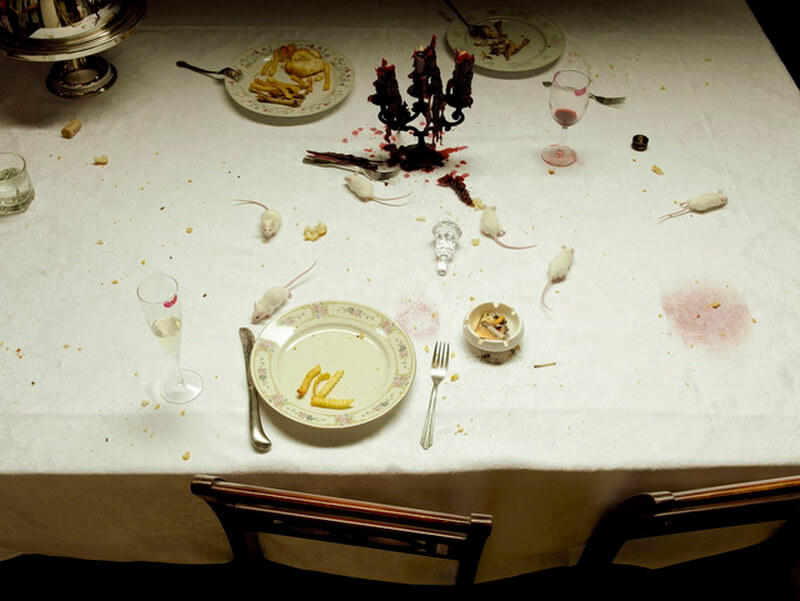
To eliminate greasy stains from textiles, you can treat the place with such means:
- starch with gasoline;
- kerosene and soap solution after;
- dry table salt;
- chalk with heating;
- talc;
- toothpaste.
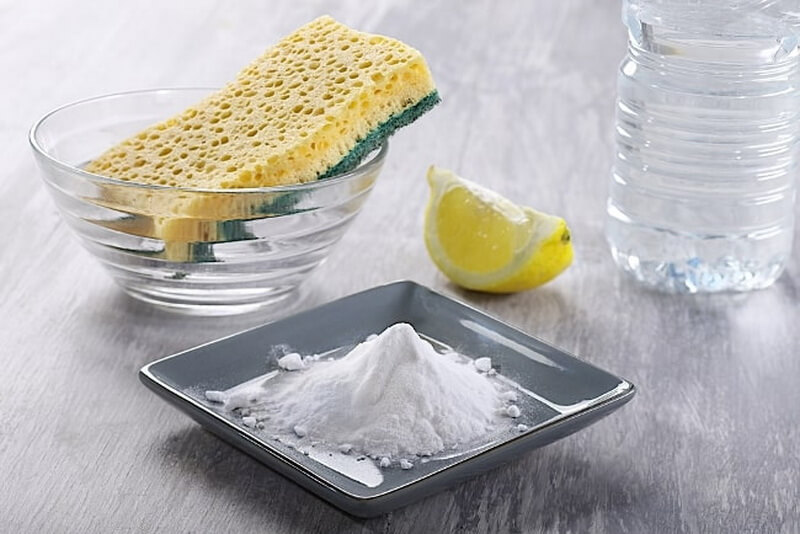
On a note! Lipstick grease can be removed from the surface of the tablecloth with makeup remover.
Wine and cognac stains
These products are characterized by a strong coloring effect. This is especially true for red wine. If an alcoholic drink from grapes gets on textiles, then it is very difficult to eliminate traces.
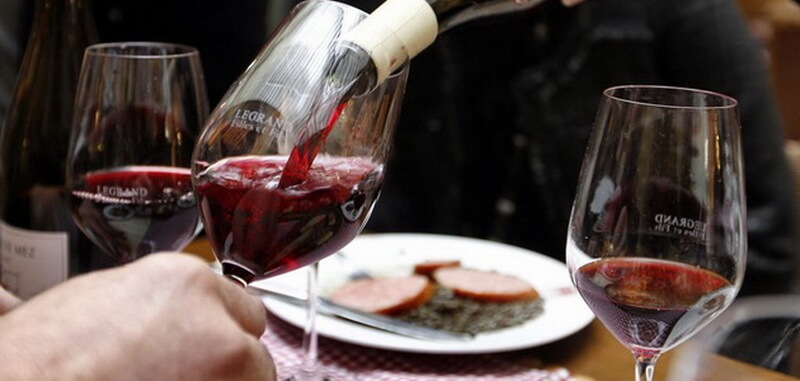
To save it, it is recommended to immediately blot everything spilled with a paper towel on all sides of the matter, and leave the absorbent material under heavy pressure.
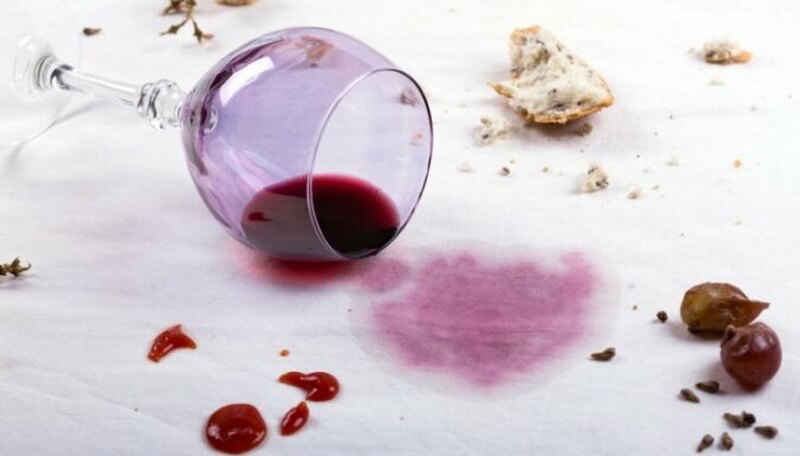
Textiles after the celebration are soaked in a warm powder solution for 30 minutes, and then washed as usual. Remaining traces of wine stains from a white cloth can be removed with hydrogen peroxide, a solution of citric acid, or a raw egg.

The yolk must be mixed with glycerin in equal proportions, applied in the area of marks and simply washed in the washing machine.
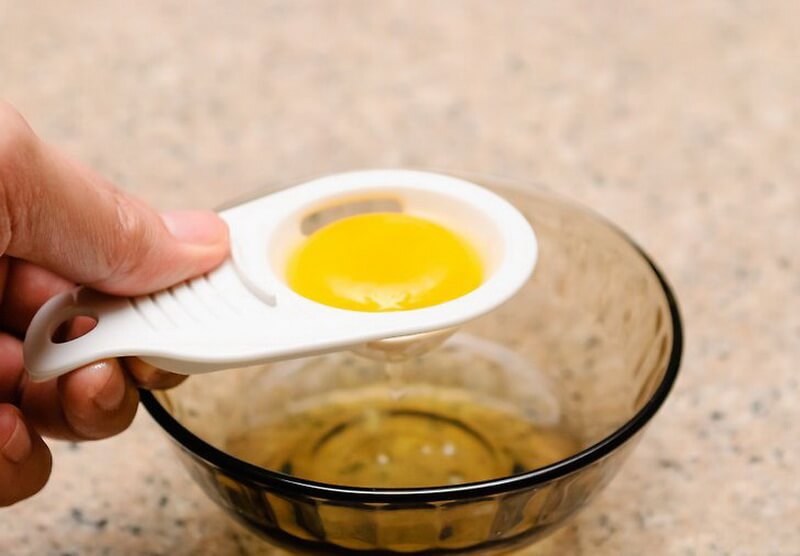
Coffee and tea traces
Traces of tea or coffee are difficult to remove from the fabric, especially when they are old. The first action to be performed when such a stain appears is to get wet with a clean piece of cotton cloth or a paper napkin.In this way, we remove the remaining liquid with coloring substances.
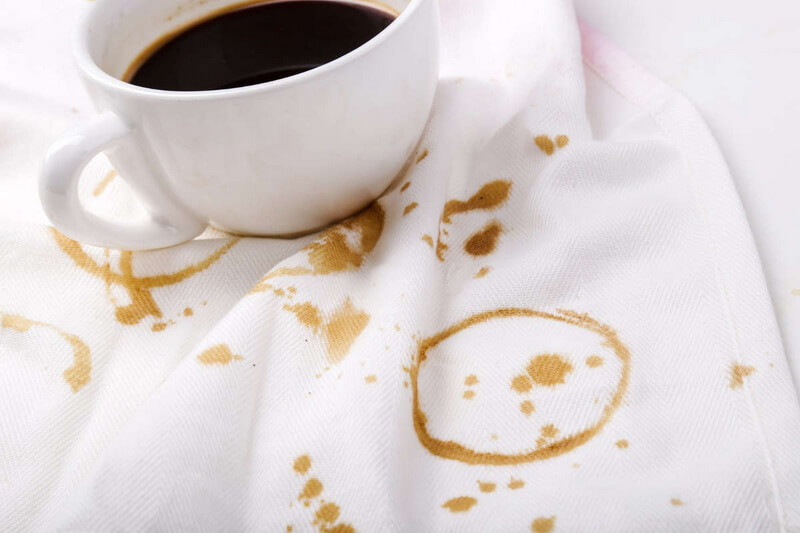
To completely eliminate traces from a white tablecloth, you need to proceed as follows:
- We wipe the place of spilled tea or coffee with a cotton swab with peroxide.
- Discolor with a mixture of salt, baking soda and glycerin.
- We wash in a thick solution of laundry soap.
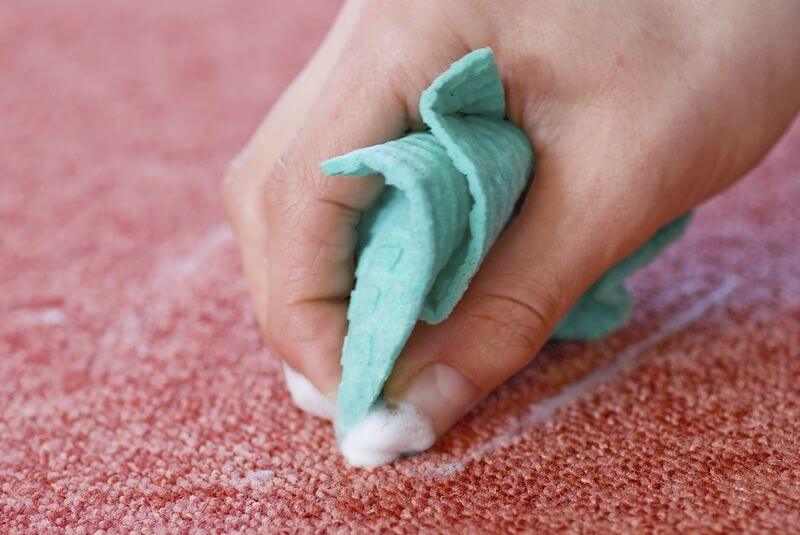
After these steps, we send the matter to the washing machine - the usual washing mode will do. If the contamination is still preserved and it is noticeable on the white cloth of the tablecloth, then more severe methods can be adopted - bleaching, boiling or dyeing. If the fabric is synthetic, then much depends on the overall stability of the stain - it should not be overheated in hot water.
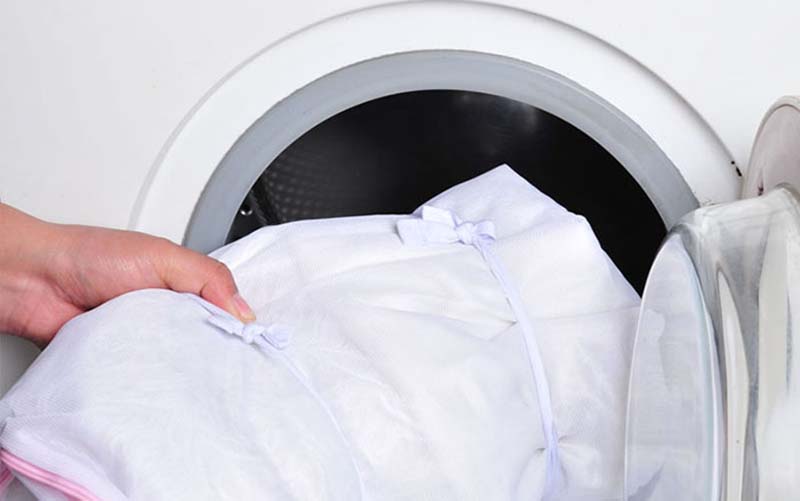
Traces of juices and fruits
There are many ways and means to remove fresh fruit stains or juice spills. White tablecloths made of natural fabrics are recommended to be soaked in milk for 1-2 hours immediately after the holiday, and then washed as usual. Also, such traces are eliminated with ammonia.
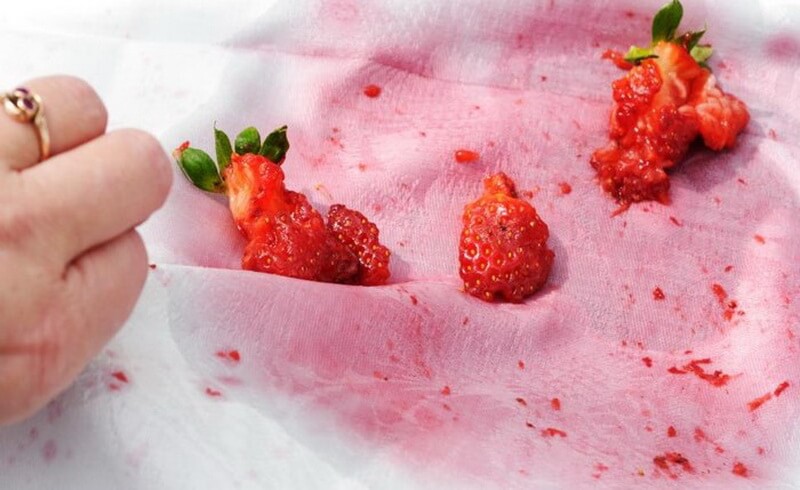
For a colored tablecloth, it is recommended to rinse in water, after soaking in a mixture of the following components:
- salt;
- soda;
- water.
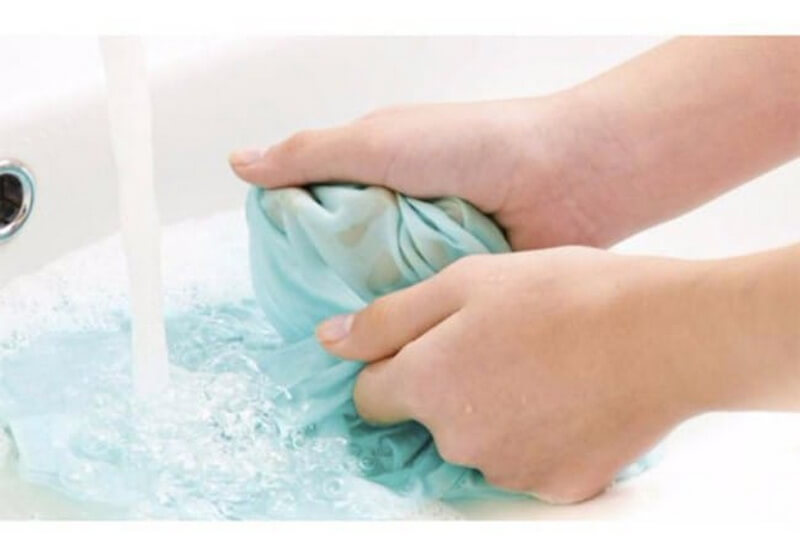
Attention! It is not recommended to use powders when washing after stains from fruits and juices - a cool solution of laundry soap is better.
melted chocolate
Chocolate marks on textiles can occur for various reasons - a sloppy child, a fallen candy or a spilled tile. Such traces can also be attributed to fat, but it is much easier to eliminate them. It is enough just to wipe the place with a solution of ammonia or rinse in a weak saline solution.
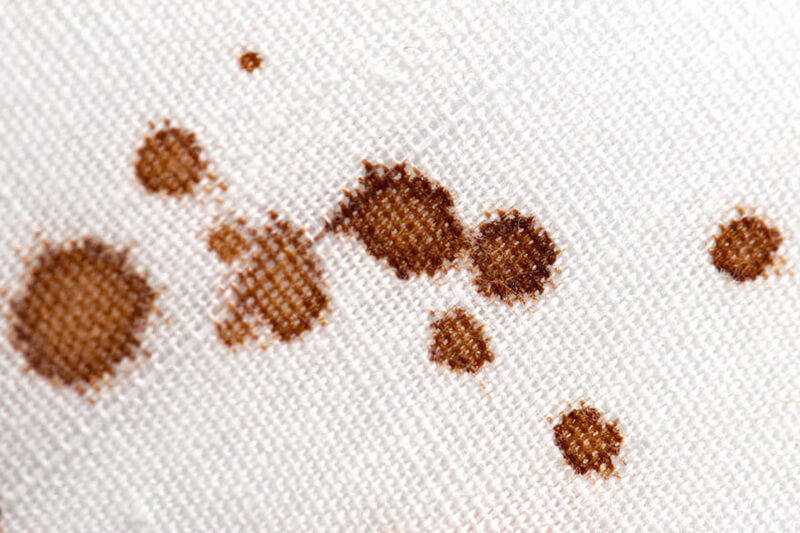
Often they resort to the use of hydrogen peroxide according to the following method:
- soak the place with peroxide;
- we wait 10-15 minutes;
- rinse in cold water.

After fixing the main problem, you can send the tablecloth to the washing machine and wash it in the standard mode. The temperature must be chosen according to the composition of the textile matter. Such information is often found on a sewn-on tag or on packaging. If it is not clear what the textiles are made of, then it is better to be careful and set the low-temperature wash without spinning.
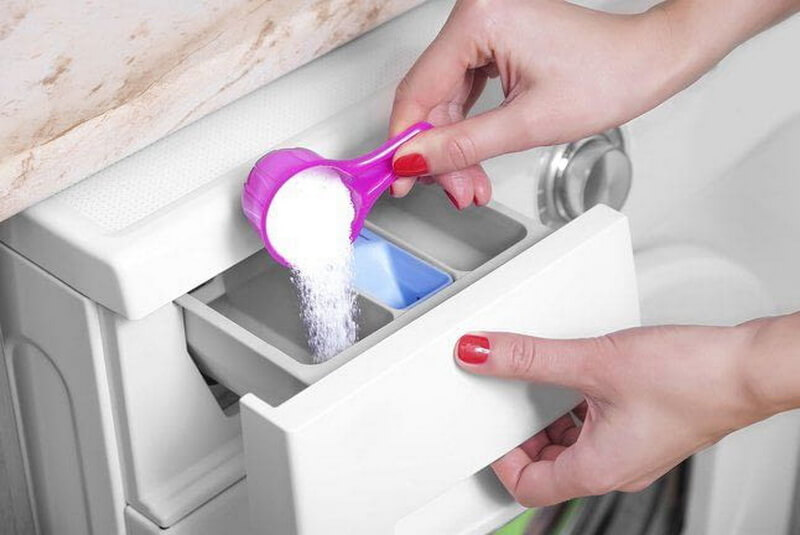
Wax and paraffin traces from candles
Paraffin or natural wax often leaves noticeable stains on almost any material after the holiday.It is guaranteed to secure the tablecloth from a candle only by setting the candlestick away. There are only 2 main options for removing paraffin or wax stains.

If the candle is ordinary, without the addition of dyes, then it is enough to use an iron and a paper napkin according to the following algorithm:
- We remove the main layer from the surface of the tablecloth with a sharp knife - so as not to damage the fibers.
- We lay paper napkins on both sides of the material near the stain in 3-4 layers.
- We warm up the place with a hot iron several times, turning the sides alternately.
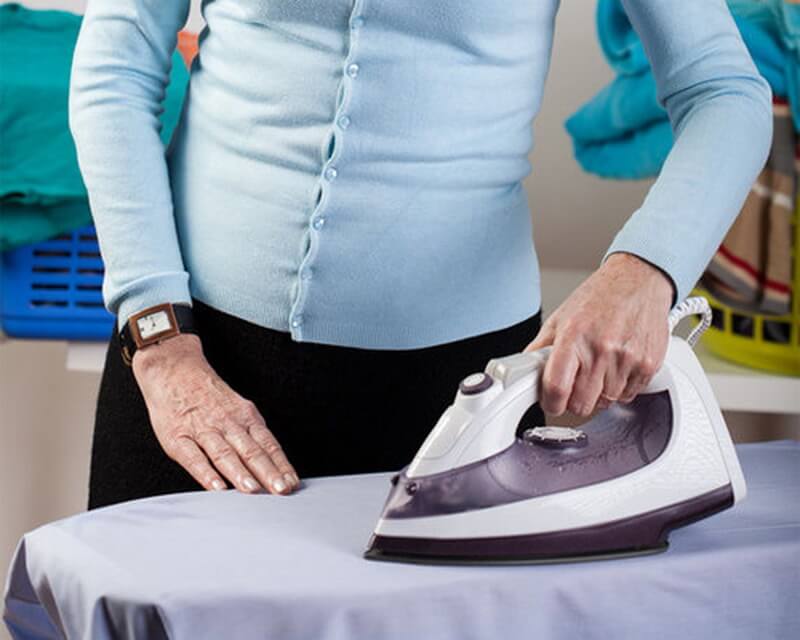
After applying this method, you can immediately send the tablecloth to the washing machine. If there is a stain from a colored candle on the fabric, then it is better to freeze it after cleaning from the surface - we pack the fabric in a bag and leave it in the freezer for 1-2 hours. Rub the rest of the paraffin and just shake it out. After that, you can degrease the place and wash it in the standard mode.
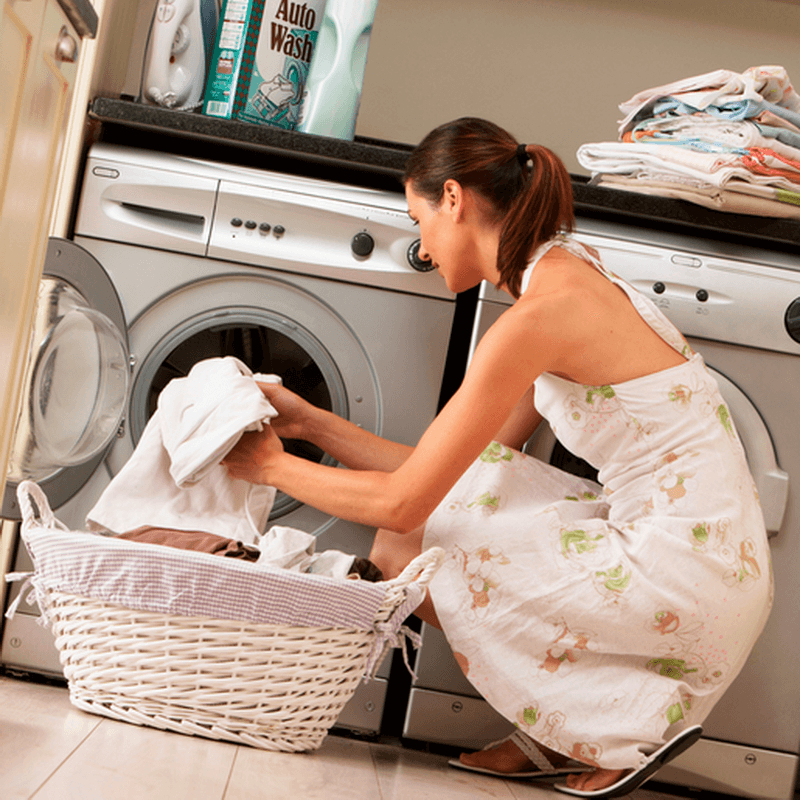
Attention! After paraffin and wax, persistent fatty traces remain, which are subsequently difficult to remove from the fabric, therefore it is recommended to put something dense in the candlestick area.
difference between materials
Synthetic fabrics are resistant to dirt and, in case of stains, are easier to wash off. But, for each of the materials there are conditions. Natural textiles can be washed at high temperatures. But, before washing red wine from a white cloth, the place must be soaked in a bleaching agent.
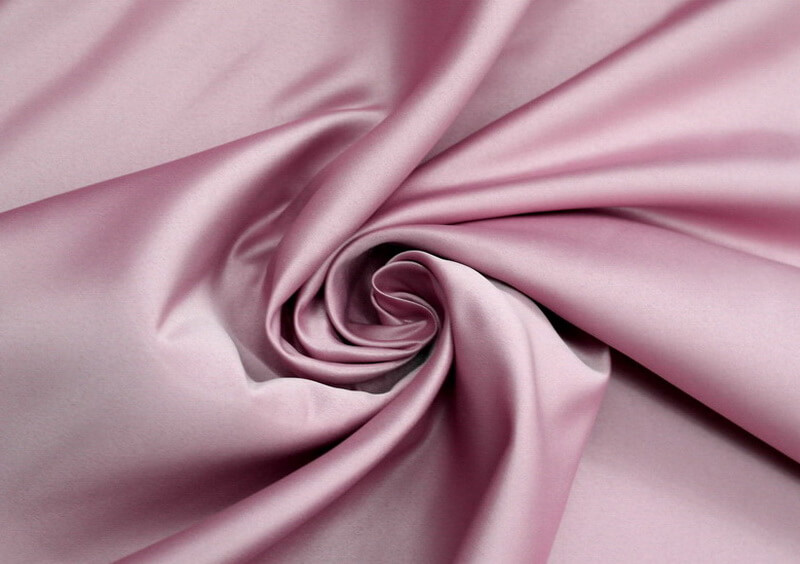
No less common are tablecloths made of matter of other compositions, when cleaning which you need to take into account the following points:
- Polyester - it is not difficult to erase traces from such a tablecloth. But, high temperature will only damage the product. This tablecloth is not recommended to be ironed, and can only be washed at 40ºC.
- Cotton with Teflon is protected from staining, but when washing, you need to set the minimum temperature and turn off the spin cycle. Ironing such a piece of furniture is not recommended.
- Linen tablecloths from repeated washings only look more beautiful. But, if monophonic matter can even be boiled, then if there is a pattern, the regulator indicator is not more than 60ºC.
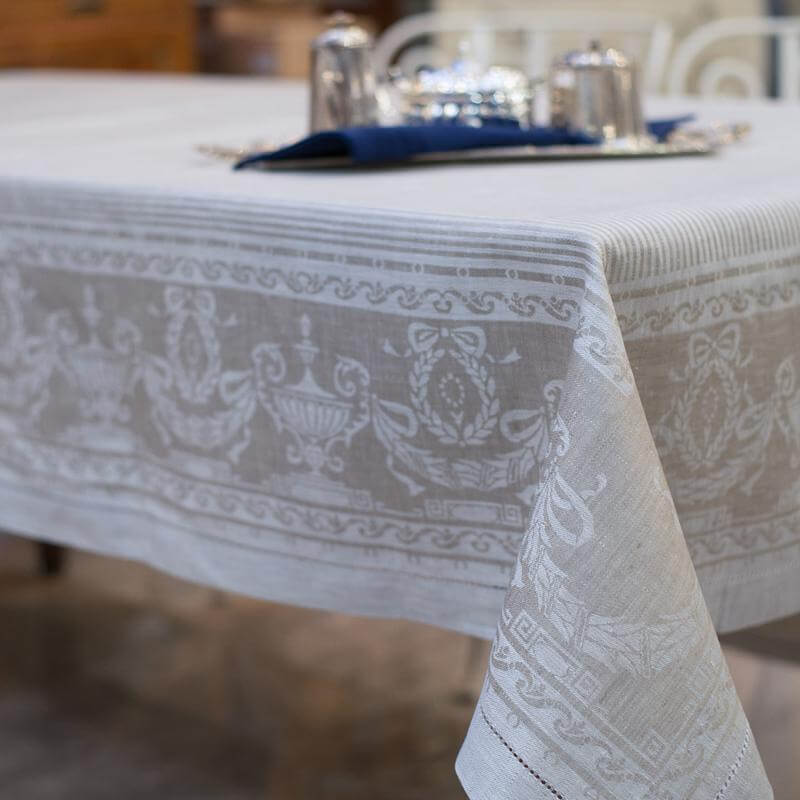
Tablecloths made of natural fabrics with a pattern are not recommended to be boiled or overheated due to the low durability of the coloring components. After such exposure, the pattern simply blurs and fades.
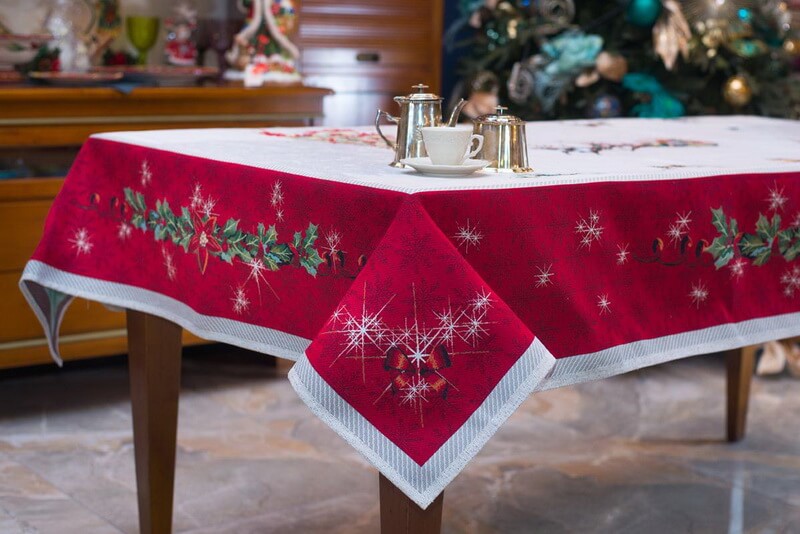
In the case of linen tablecloths, the importance of rinsing must be taken into account - the remnants of the powder destroy the fibers. It is better to dry the canvases in the fresh air, carefully hanging them without folds - so, the fabric does not have to be ironed.
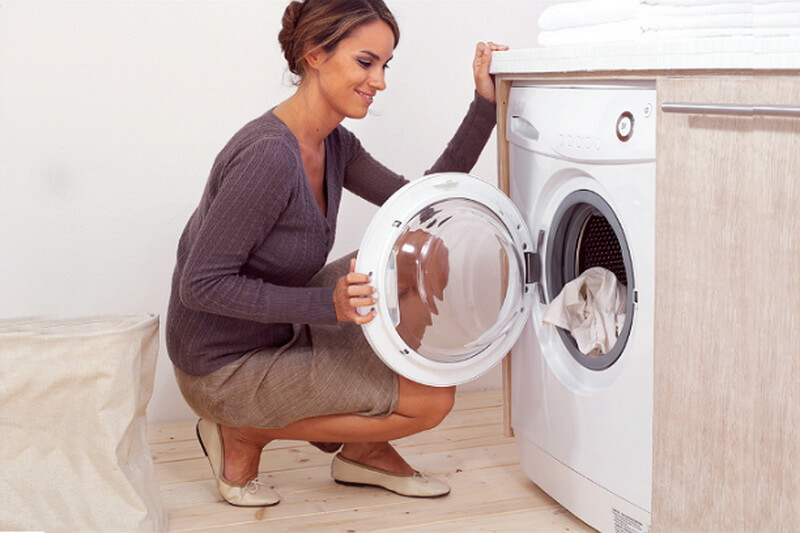
Methods for removing old stains
Often, the remaining traces of celebrations that have not been completely eliminated turn yellow and stand out brightly on the tablecloth. The presence of such spots spoils not only the mood of the hosts, but also any event in general.
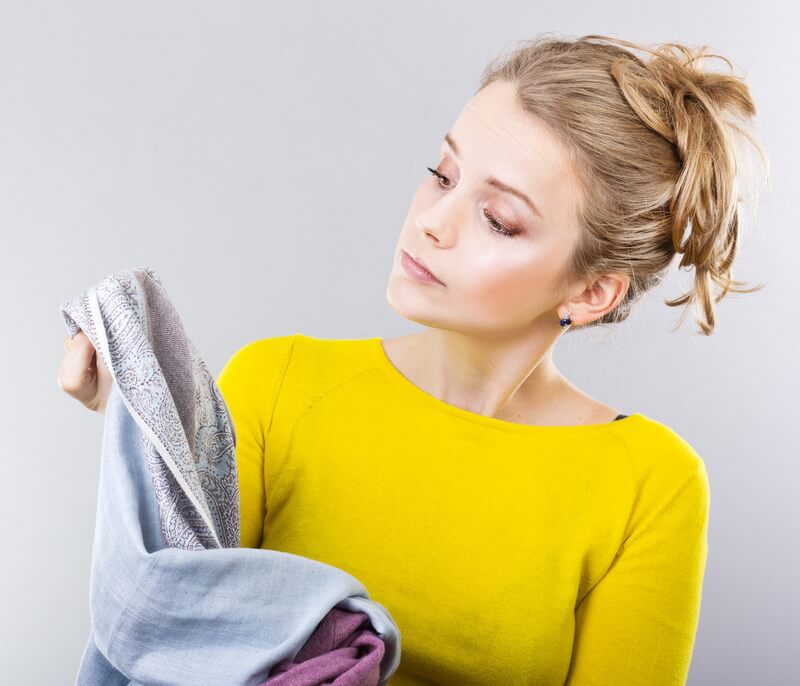
It is difficult to remove yellow marks from fat and other products from natural and synthetic fabrics in the case of home conditions, but some methods are effective:
- Soak the tablecloth in clean cool water for 1-2 hours, and then wipe all the yellow spots with laundry soap. After soaping, leave it in a plastic bag for 30-40 minutes, and then wash it as usual.
- You can restore the purity of a white tablecloth made of natural fabric by boiling. Additionally, we add soda, household soap, a mixture of washing powder with dry silicate glue, hydrogen peroxide or starch to the solution.
- Linen tablecloth from old stains can be washed off with vegetable oil. Refined is better for this purpose. In water, when boiling, add 2 tbsp. oils, 1 cup cleaning agent and 1-2 tbsp. bleach.
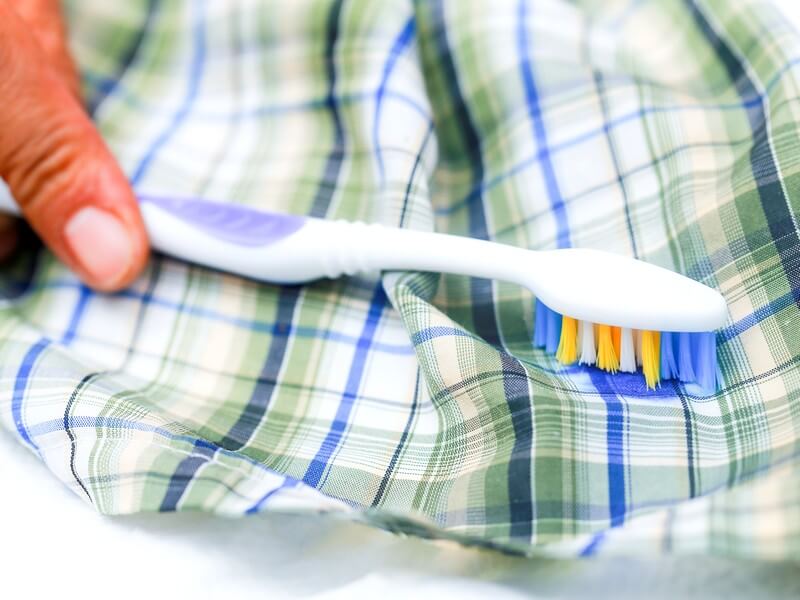
Attention! The estimated amount of funds is calculated on the standard size of the tablecloth and 10 liters of water.
A reliable way to avoid stains on the tablecloth is to cover it with plastic wrap directly on the table. It will cover the festive textiles from the ingress of dyeing and greasy products. If a noticeable mark has already been placed on the fabric, then measures must be taken immediately, since over time, such marks become more resistant to various methods of elimination.
